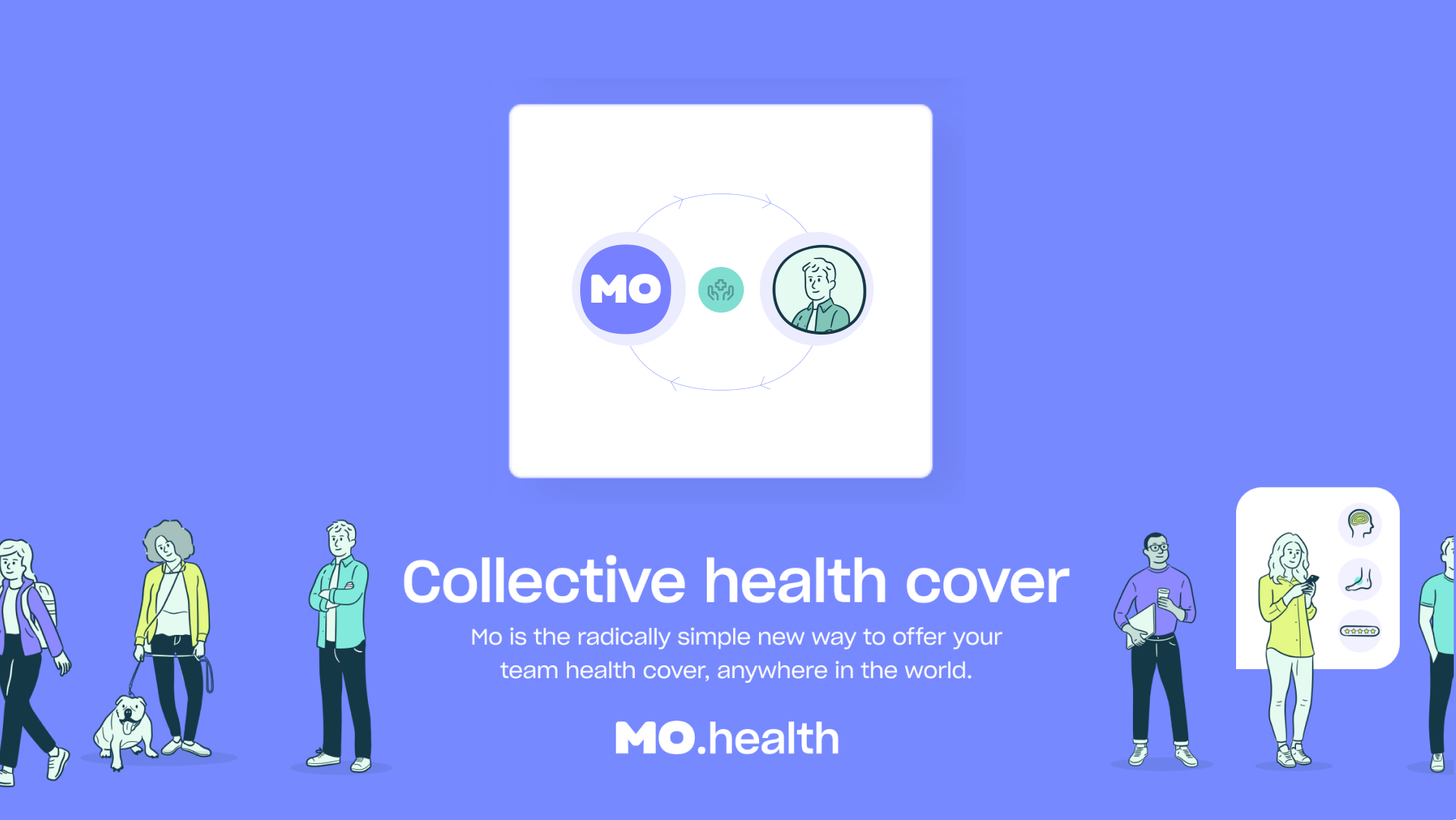What is a Healthcare Trust? Mo.health is an alternative to health insurance with our collectively-funded membership model, built on a Healthcare Trust.
But what is a Healthcare Trust? How is this self-insured model of health coverage different (and better!)
Self insured health plans
Over the past decade, big companies have moved away from private health insurance and instead adopted self-insured health plans.
This is because once a company gets large enough, it no longer needs a traditional health insurer.
Instead, it can put ‘premiums’ into a Trust Fund and use that to cover their team’s healthcare claims.
A Trustee is appointed to make sure the Fund is managed according to the rules agreed.
Some of the risk is ceded to a reinsurer, to protect the Trust Fund from running out of money if there are unexpectedly high claims. This is known as stop loss insurance.
A third-party administrator is appointed to manage that Healthcare Trust Fund fund on their behalf. Managing healthcare claims is a specialised task, and you need an expert here. These third-party administrators provide an administration service rather than an insurance service.
This administration fee is agreed up-front with the third-party administrator, and claims are paid from the Healthcare Trust.
The Trust model, however, has only been available to larger companies. Small and medium sized businesses have been kept out of this model, instead having to accept over-priced short-term health insurance.
Why have big businesses switched to a Healthcare Trust? What are the advantages of this model?
There are 3 big advantages of a self-insured Healthcare Trust:
· The trust offers Unbeatable value-for-money.
o Money in the Healthcare Trust is ring-fenced, and guaranteed to only be spent on healthcare benefits covered under the healthcare plan.
o A key metric in insurance is the ‘Loss Ratio’ or ‘Claims ratio’. This is the proportion of your premium paid out in claims.
o For small companies, this rate can be as low as 50%-60%. That means that only half of your insurance premium is paid out in claims. The remainder is kept by the insurer, and is spent on overheads, advertising, broker fees, and profit.
o In a healthcare trust, the rate is 80-90%. For those contributing to the Trust, there is simply more bang for your buck.
· The trust offers transparency and control.
o The trust gives you opportunities to bespoke your cover. You can change exclusions, and even cover conditions typically excluded from off-the-shelf health insurance, like chronic conditions.
o The trust offers unparalleled transparency. You have much clearer sight on Trust performance, how it is managed, and what the true cost of the benefit to your business.
o It is your money, so you can set the terms, and demand greater accountability.
· The trust is tax and capital efficient.
o With insurance, you pay tax on the premium. This is known as Insurance Premium Tax. It is the insurance version of VAT.
§ Since it’s introduction, IPT has been increased six times.
§ For most insurance, IPT is 12%, for some lines of business, like travel insurance, it is 20%.
o With the trust model, contributions to the trust are not taxable. Think of it as a savings account with a single purpose – paying for your team’s health claims.
§ The administration fee charged by the administrator is VAT-able, but contributions to the trust are not.
o Surplus within the Trust can be invested, with capital gains retained for use by the members (after paying tax on any returns).
Is a self-insured Healthcare Trust a safe way to invest in your team’s healthcare?
Trusts are one of the oldest and robust financial repositories in the world.
They are used by wealthy families to protect inherited assets, by custodians of stately homes to look after property, and by large enterprises across the UK and around the world to look after their team’s healthcare.
Contributions to the trust are locked in and protected by the full force of property law.
Trusts have survived economic cycles, wars, and changes in government.
This makes them the perfect vehicle to look after your team’s healthcare needs, for the long-term.
What happens to money in the trust?
Claims are paid out according to rules agreed by the Trust participants.
The Third-Party Administrator makes sure that these rules are applied fairly, and this data is shared with the Trust participants.
The Trustees ensure that the Third-Party Administrator is providing its service to a high-standard and delivering value-for-money. If not, an alternative Third-party Administrator should be found.
If claims are lower than expected, this surplus is not taken by an insurance company as profit. Instead, the contributions stay locked in the Healthcare Trust.
They can be used to off-set future healthcare costs, meaning lower membership fees in the future.
Money held in the Trust can also be invested – for example in stocks and bonds.
Returns from capital investments are retained within the Trust (after tax), and can be used to off-set future membership fees.
Surpluses in the Trust can also be used to make charitable donations, or impact investments, if that is allowed within the terms of the Trust Deed.
What if the Trust runs out of money?
It is very important to note that this is not a contract of insurance.
Settling healthcare claims is discretionary – i.e. contingent on there being funds available in the Trust.
If contributions to the Trust are too low, or benefits offered are too generous, then there will be an imbalance, and participants to the Trust must agree to either increase contributions or restrict benefits.
However, this can be conducted in a consensual and transparent way.
Contributions reflect the true cost of delivering the services required by the beneficiaries to the trust, with no funny business from an insurer.
Stop loss insurance
In addition, the Trust can take out a specific form of insurance – known as stop-loss insurance. This insurance policy kicks in if there are higher than expected claims from the Trust.
As a simplified example, the Trust may cover 90% of the risk directly from member contributions, with 10% of the risk bourn by an insurer.
Stop loss insurance carries Insurance Premium Tax.
How does this impact small companies?
Unless you are running an enterprise-sized business, this model was not accessible to you.
You had no choice but to take traditional health insurance product – standardised, and over-priced.
Until now.
Mo.Health is opening up the self-insured Healthcare Trust model to innovative, smaller companies.
We bring together small and medium sized into a community.
Collectively you can enjoy the same benefits of a Healthcare Trust that big businesses have been benefitting from. On your own you may be too small to self-fund your team’s health plan. But together, you are stronger.
We are the administrator. We have built the tech stack and have the people to make sure that your teams get access to the care they need, anywhere in the world.
Mo.Health. Collective health cover for Teams.




